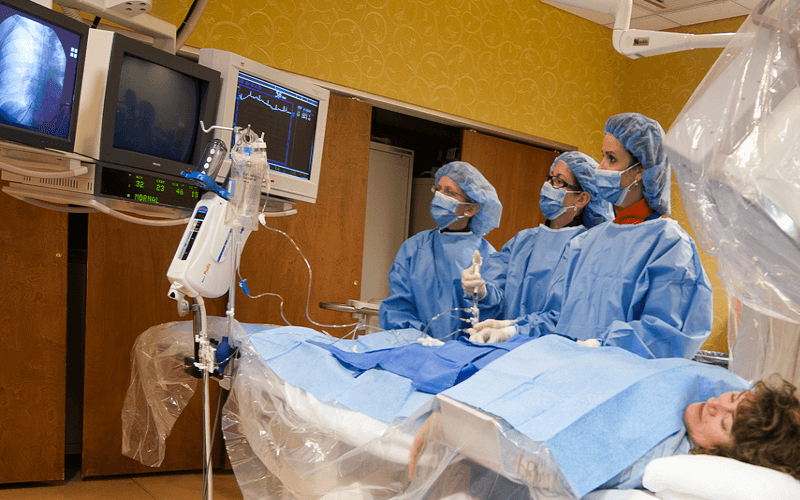

Effect of rheological models on the hemodynamics within human aorta: CFD study on CT image-based geometry. Part 3: heart valve substitutes implanted by transcatheter techniques. ISO 5840-3:2013 cardiovascular implants-cardiac valve prostheses.

A new constitutive framework for arterial wall mechanics and a comparative study of material models. Aortic valve bioprostheses: leaflet immobility and valve thrombosis. Use of the FDA nozzle model to illustrate validation techniques in computational fluid dynamics (CFD) simulations. Transcatheter aortic valve thrombosis: incidence, predisposing factors, and clinical implications. Exploring the role of transcatheter aortic valve replacement as the preferred treatment for lower-risk patients.

Numerical simulation of flow in mechanical heart valves: grid resolution and the assumption of flow symmetry. Biomechanics: Mechanical Properties of Living Tissues. The use of computational fluid dynamics in the development of ventricular assist devices. Interactions of blood cell constituents: experimental investigation and computational modeling by discrete particle dynamics algorithm. Computational Methods for Fluid Dynamics. Bioprosthetic valve thrombosis versus structural failure: clinical and echocardiographic predictors. Thrombus formation following transcatheter aortic valve replacement. On the mechanics of transcatheter aortic valve replacement. New York: American Society of Mechanical Engineers, 2009.ĭasi, L. Standard for verification and validation in computational fluid dynamics and heat transfer. Subclinical leaflet thrombosis in surgical and transcatheter bioprosthetic aortic valves: an observational study. Impact of patient-specific LVOT inflow profiles on aortic valve prosthesis and ascending aorta hemodynamics. Device thrombogenicity emulation: a novel methodology for optimizing the thromboresistance of cardiovascular devices. Effect of balloon-expandable transcatheter aortic valve replacement positioning: a patient-specific numerical model. Does the DSA reconstruction kernel affect hemodynamic predictions in intracranial aneurysms? An analysis of geometry and blood flow variations. Simulation of non-Newtonian blood flow in an end-to-side anastomosis. A short review of advances in the modelling of blood rheology and clot formation. Transcatheter aortic-valve replacement with a self-expanding prosthesis.


 0 kommentar(er)
0 kommentar(er)
